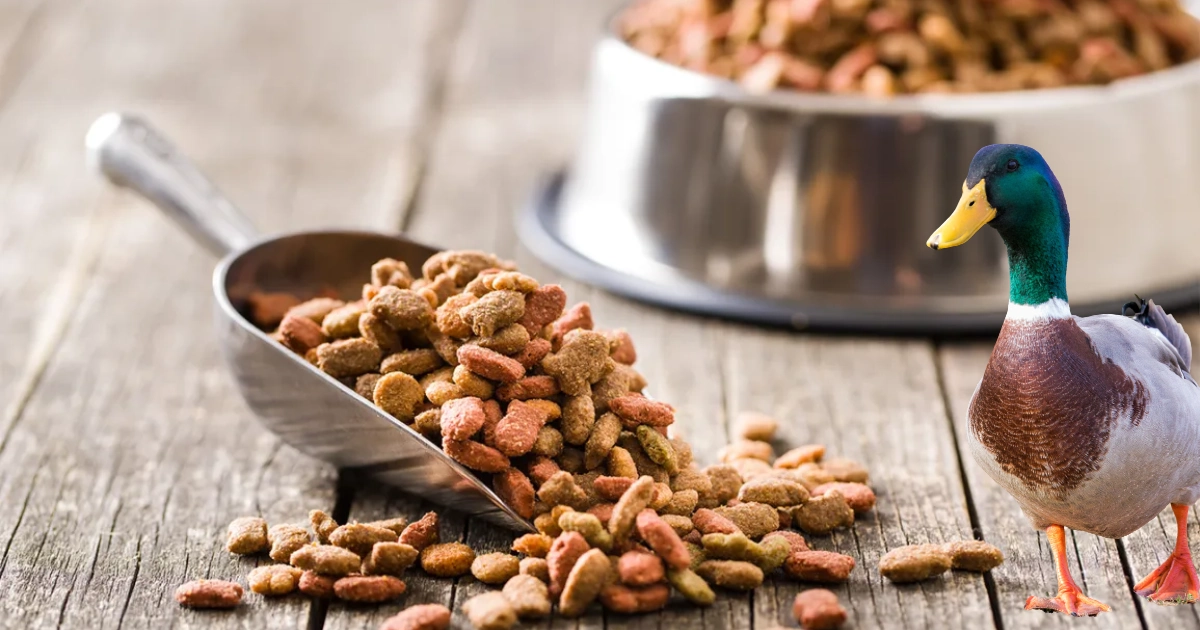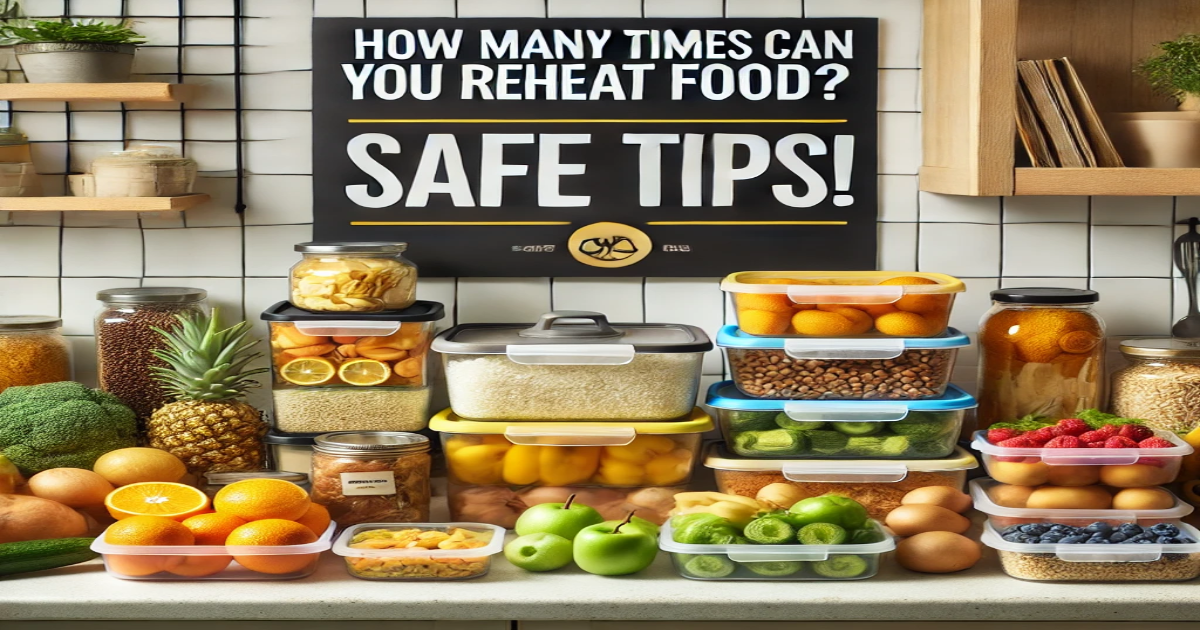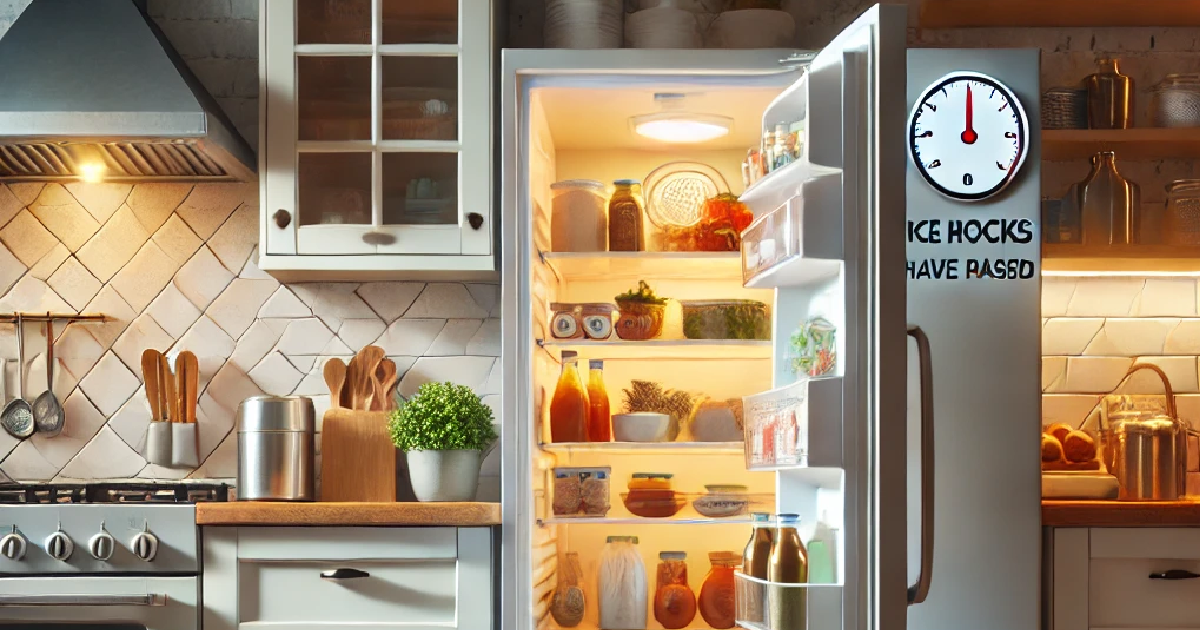Introduction
Understanding how to manage food safety during a power outage is crucial for preventing foodborne illnesses. Power outages can happen unexpectedly and may last a few hours to several days. In these scenarios, the foods stored in your refrigerator are at risk of spoiling, which can pose serious health risks.
When the power goes out, the temperature inside your fridge rises, gradually bringing foods into the “danger zone.” This is the temperature range between 40°F and 140°F, where bacteria can grow most rapidly. Foods that remain within this zone for two or more hours are more susceptible to contamination, making them unsafe to consume.
Knowing what to do before, during, and after a power outage can significantly minimize the risk of spoilage and reduce the likelihood of consuming harmful bacteria-laden foods. It’s not just about safety; it’s also about reducing waste and saving money by preserving the food you’ve purchased.
How Long Can Food Stay Safe Without Power?
The duration for which food remains safe in a fridge without power largely depends on the starting temperature and how complete the fridge is, among other factors. Generally, a full refrigerator will keep the temperature better than one partially empty; it can maintain a safe temperature for about 4 hours after losing power. If packed and left unopened, a freezer will hold its temperature for approximately 48 hours.
General Guidelines for Refrigerated Food
Different types of food have varying thresholds for how long they can remain safe when power is lost. For instance, dairy products, such as milk and soft cheeses, can spoil more quickly, potentially becoming unsafe after just a few hours above 40°F. Meat, poultry, and seafood, which are highly perishable, should also be consumed or stored adequately in alternative cooling solutions like ice chests within 4 hours of a power outage to prevent bacterial growth and spoilage.
Factors Affecting Food Safety
The ability of your fridge to retain cold air is crucial and can be influenced by several factors. Your refrigerator’s insulation quality plays a significant role; older models or those with worn seals might need to hold the cold more effectively. Additionally, the ambient temperature of your environment affects how quickly your fridge heats up; a refrigerator in a cool, dark basement will stay colder longer than one in a hot garage. Lastly, how full your fridge is can also impact its insulation properties—the more items inside, the better they retain the cold, thus prolonging the safe storage period of the food.
Immediate Steps to Take When the Power Goes Out

When the power goes out, it’s crucial to act quickly to ensure the contents of your fridge remain safe for as long as possible. The key is to minimize cold air loss by keeping the refrigerator and freezer doors closed. Each opening can significantly drop the interior temperature, accelerating the spoilage of perishable items.
Managing Your Fridge
To effectively manage your fridge during a power outage, try to keep the doors closed as much as possible. If you anticipate a prolonged outage, placing ice packs or frozen gel packs in the refrigerator can help keep temperatures down. Additionally, consider using a thermometer to monitor the internal temperature of your fridge to ensure it stays below 40°F, the threshold above which bacterial growth can become a concern.
Preparing Before a Power Outage
Preparation is critical to minimizing food waste and safety risks during a power outage. Freezing containers of water ahead of time and storing them in your fridge can help keep the fridge cool longer when the power goes out. It’s also wise to group food together in the freezer—this helps the food stay frozen longer due to the increased mass and reduced surface area exposed to warmer air.
Recognizing Spoiled Food
Identifying spoiled food is crucial to maintaining health and safety during a power outage. Spoiled food can present various visual and olfactory signs that are important to recognize to prevent foodborne illnesses.
Signs of Spoilage
Spoilage signs include unpleasant odours, changes in colour, or visible mould. These signs are vital in high-risk foods like meat, dairy products, and any prepared dishes exposed to temperatures above 40°F for more than two hours.
High-Risk Foods to Watch

Certain foods are particularly susceptible to spoilage and can pose a greater risk of foodborne illness. These include poultry, seafood, meats, dairy products, and cooked foods. To avoid health risks, these items should be closely monitored for spoilage signs and consumed or preserved first.
How to Properly Dispose of Spoiled Food
Safely disposing of spoiled food is essential to prevent the spread of contaminants and pests and maintain a hygienic environment in your home.
Safe Disposal Practices
To safely dispose of contaminated food, seal it in a leak-proof plastic bag before placing it in the garbage bin. This prevents leakage and helps contain any odours. Additionally, if you have a large amount of spoiled food, consider double-bagging to ensure the contents do not escape. Washing your hands thoroughly after handling spoiled food is also crucial to avoid the spread of bacteria.
Using Alternative Cooling Methods

When the power goes out for an extended period, maintaining the safety of perishable food items becomes a challenge. Alternative cooling methods can play a crucial role in these situations. By utilizing items like coolers and ice, you can extend the freshness of your food and prevent spoilage.
Using Coolers and Ice
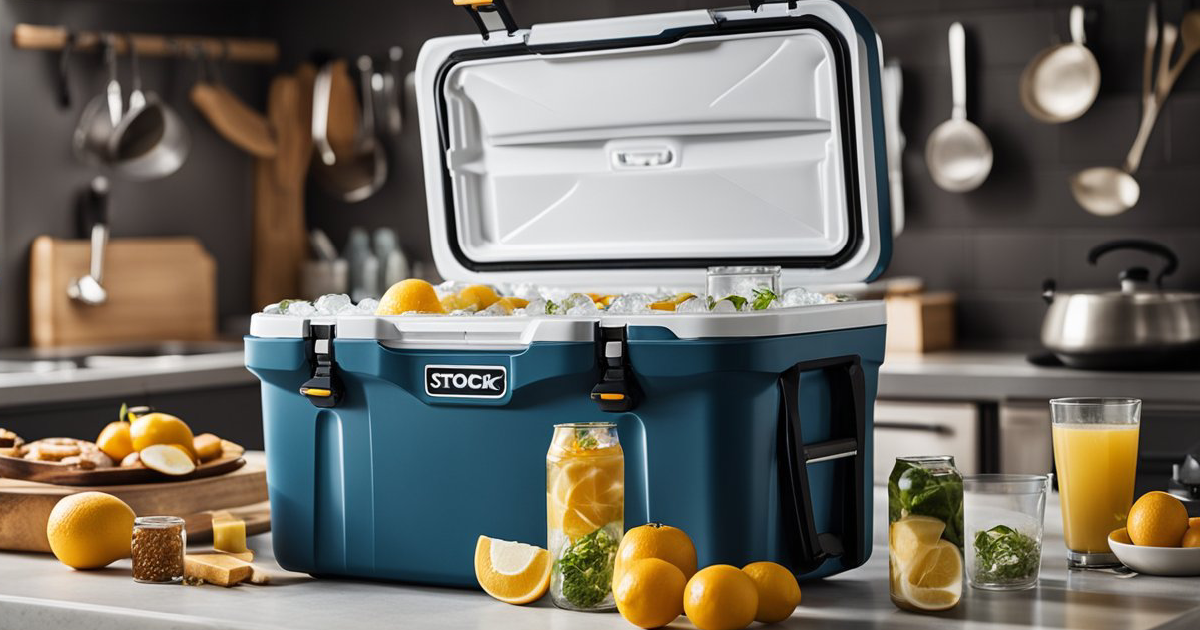
Coolers are highly effective in preserving food temperature during a power outage. To maximize the efficiency of a cooler, fill it with ice or frozen gel packs. Place perishable items directly into the cooler and open it as infrequently as possible to maintain a consistent internal temperature. Keeping a thermometer inside the cooler can help you monitor the temperature to ensure it stays safe.
DIY Refrigeration Techniques

DIY refrigeration techniques can be a lifesaver for those without access to a traditional cooler during power outages. One effective method is to fill plastic bottles with water and freeze them ahead of time. When the power goes out, these frozen bottles can be placed in the refrigerator or a makeshift cooler to keep the temperature down. Additionally, insulating your cooler or makeshift fridge with blankets or towels can help maintain the cold longer.
Legal and Health Considerations
Understanding the legal implications and health risks associated with food safety during power outages. Consuming spoiled food can lead to serious health issues, and specific laws are designed to guide food safety practices in commercial and residential settings.
Health Risks of Consuming Spoiled Food
Eating spoiled food can result in food poisoning and other severe health problems. Symptoms can range from mild gastrointestinal discomfort to severe cases like salmonella and E. coli infections. It is vital to recognize the signs of spoiled food—such as off smells, slimy textures, and unusual colours—to avoid these health risks.
Food Safety Laws and Regulations
Food safety laws typically apply more strictly to commercial entities, but understanding them can also benefit households. During power outages, they adhere to recommended food safety practices, such as keeping cold foods at or below 40°F and discarding any perishables left at room temperature for over two hours. Non-compliance with these guidelines can risk health and may also contravene local public health regulations, leading to potential legal consequences, especially for businesses.
How long does it take for food to spoil when power goes out?
When the power goes out, the clock starts ticking on the safety of perishable foods stored in your fridge and freezer. The time it takes for food to spoil depends on various factors, including the type of food, the initial temperature of your fridge or freezer, and the ambient temperature outside.
Immediate Impact on Perishables
Perishable items such as dairy products, meat, and seafood are particularly vulnerable when the power fails. These items can spoil within a few hours if the fridge temperature rises above 40°F. Using or properly storing such items quickly is crucial to prevent spoilage and reduce the risk of foodborne illnesses.
Timeline for Spoilage
A timeline for spoilage can be variable. Still, generally, perishable foods in the fridge should be consumed or kept cold by other means within four hours of a power outage. For frozen foods, the timeline extends; a full freezer keeps food safe for approximately 48 hours if unopened, while a half-full freezer lasts about 24 hours. Keeping the doors closed during the outage is critical to maximizing this timeframe.
Warning Signs of Spoilage
Recognizing the signs of spoilage is critical to avoiding consuming unsafe food. Look for any unusual odours, changes in colour, or textures, such as sliminess or mould growth. These signs can indicate bacterial growth and spoilage, signalling that the food is no longer safe and should be discarded.
How long does cheese last in the fridge without power?

Cheese can be particularly vulnerable during power outages, and how long it lasts without power largely depends on the type of cheese and how it’s stored. Knowing the specific characteristics of different cheeses can help you manage them properly when the power is out, ensuring they stay safe and delicious for as long as possible.
Types of Cheese and Their Shelf Life
Hard cheeses like cheddar, parmesan, and Swiss have a lower moisture content, making them less susceptible to bacterial growth and spoilage; they can often last several days without refrigeration. In contrast, soft cheeses such as brie, mozzarella, and ricotta have higher moisture content and can spoil more quickly, typically within a few hours if not kept cool. These differences are crucial in assessing which cheeses might still be safe to consume during extended power outages.
Best Practices for Storing Cheese
To extend the shelf life of cheese during a power outage, keep cheeses as cold as possible. Use insulated coolers with ice or frozen gel packs to maintain a safe temperature. Wrapping cheese in wax paper or cheesecloth rather than plastic wrap can also help to preserve its quality by allowing it to breathe and preventing moisture buildup, which can lead to mould.
Risk Assessment of Eating Aged Cheese
Consuming aged cheese that has been improperly stored during a power outage can pose health risks, primarily from bacterial contamination such as listeria, salmonella, or E. coli. The risk is higher if the cheese has been kept at room temperature for too long. She was inspecting such cheeses closely for any signs of spoilage like mould or an off smell before consumption is essential. When in doubt, discarding the cheese is safer to avoid health complications.
How long does food last in a broken fridge?
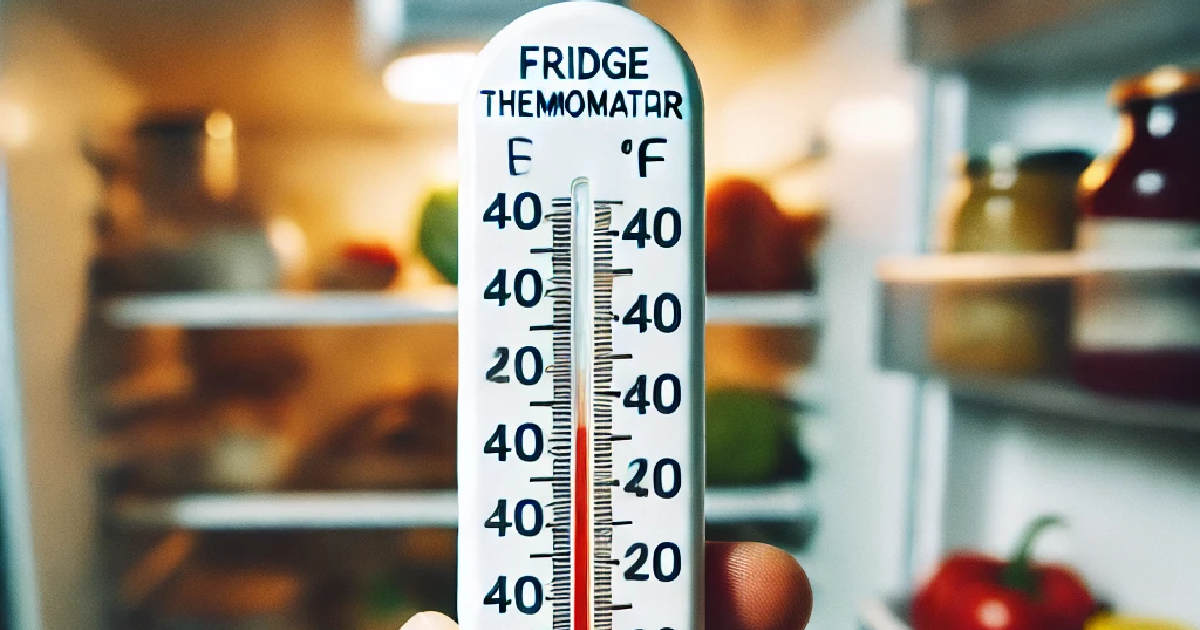
When a fridge fails, the safety of the food inside becomes an immediate concern. The time frame in which food remains safe can vary based on the nature of the breakdown and the types of food involved. Immediate action can help preserve food longer and prevent spoilage.
Initial Steps to Assess Food Safety
First, check the temperature inside to assess whether food is still safe after your fridge breaks down. If the fridge temperature is above 40°F, perishable foods can become unsafe after two hours. If possible, it’s essential to quickly use, cook, or adequately store perishable items under colder conditions.
Common Foods and Their Risk Levels
Dairy products, meats, seafood, and cooked leftovers are particularly vulnerable when the fridge fails. These items rely heavily on proper refrigeration to prevent bacterial growth. Foods like condiments, hard cheeses, and fruits are generally more resilient but should still be monitored closely for any signs of spoilage.
Preventative Measures
As a preventative measure, it’s wise to maintain a working thermometer in your fridge to monitor the temperature regularly. If you suspect your fridge is malfunctioning, repair it quickly or transfer perishable foods to a cooler with ice or another functioning refrigerator to mitigate any risk of spoilage.
At what temperature does food spoil in the refrigerator?
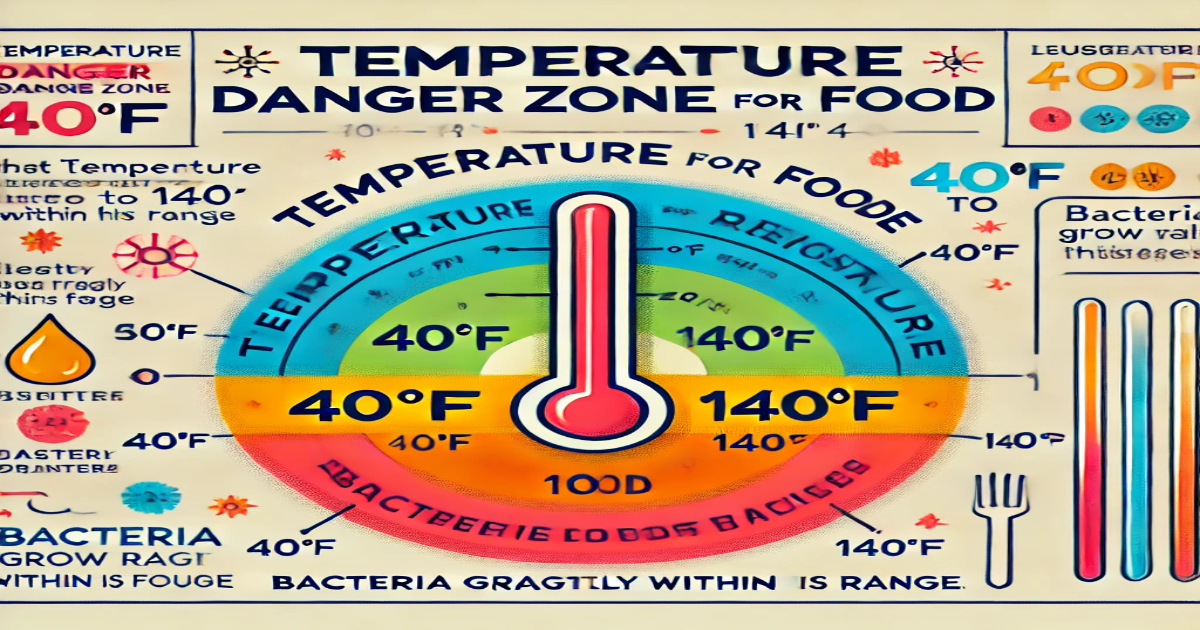
Food safety is heavily dependent on keeping your refrigerator at the right temperature. The danger zone for bacterial growth in perishable foods is between 40°F and 140°F, where food can quickly become unsafe.
Safe vs. Dangerous Temperature Ranges
The safe temperature range for a refrigerator is at or below 40°F. Once the temperature rises above this point, food enters the danger zone. A visual chart or list can help illustrate this critical range, emphasizing temperatures that accelerate spoilage versus those that maintain safety.
Impact of Fluctuating Temperatures
Fluctuating temperatures can compromise food safety, causing foods to pass through the danger zone multiple times, which increases the risk of spoilage and bacterial growth. This instability can be particularly harmful as it allows bacteria to multiply faster, potentially leading to foodborne illnesses.
Tools and Tips to Monitor Fridge Temperature
Using tools like a fridge thermometer is essential for maintaining an optimal temperature. Placing the thermometer in the centre of the middle shelf provides the most accurate reading. Regular checks and adjustments to the fridge settings help ensure the temperature remains stable and safe.
Conclusion
Exploring the intricacies of food safety during power outages reveals that the stakes are higher than simply determining what to keep and what to discard from our refrigerators. This discussion extends beyond individual households and touches on broader preparedness, resilience, and sustainability themes.
As we consider the perishability of our food supplies in the absence of power, we are reminded of the delicate balance maintained by modern conveniences like electricity. This awareness invites us to rethink our relationship with food and the systems that support its preservation. It challenges us to explore more sustainable living practices, including reducing food waste and improving our response to unexpected disruptions.
The true measure of our preparedness is not just knowing how long food can last without power but also adapting our habits and homes to be more resilient in the face of such challenges. This prompts us to ask: How can we better prepare for similar scenarios in the future? Could adopting more sustainable practices in our daily lives enhance our resilience to power outages and other disruptions?
As you reflect on these questions, consider the broader implications of our reliance on continuous power for food safety. This is an opportunity to innovate, to find new ways to preserve our food and safeguard our resources, ensuring that we are prepared for the next power outage and stepping towards a more sustainable future.
FAQs
1. Power out for 12 hours: Is refrigerator milk still safe?
Milk can spoil rapidly if temperatures rise above 40°F for over 2 hours. The milk might still be safe after 12 hours if your refrigerator is well-sealed and not opened. However, if the milk smells off or has a strange texture, it’s best to discard it.
2. How long will meat last in the freezer without power?
A full freezer can maintain a safe temperature for approximately 48 hours if it remains unopened. For a half-full freezer, this time is reduced to about 24 hours. Meat should remain frozen during these periods; however, if you notice any meat has thawed completely, it should be cooked immediately upon power restoration, or if it remains at room temperature for more than 2 hours, it should be discarded.
3. Power out for 8 hours: Is the food in my refrigerator safe?
Food in your refrigerator can remain safe for up to 4 hours with no power, provided the fridge door is kept closed. After this period, perishable foods like meats, dairy, and prepared meals should be considered at risk and discarded if the outage extends beyond 4 hours.
4. What should I throw out of the freezer after a power outage?
Inspect all food items for ice crystals or a core temperature of 40°F or below. Foods that have thawed completely (especially meats, seafood, and prepared dishes) and have remained at room temperature for more than 2 hours should be discarded. Items that still contain ice crystals or feel refrigerator-cold can be refrozen, though their quality may be affected.
5. Power out for 6 hours: Will my refrigerator contents be safe?
Food safety after 6-hour outage hinges on keeping the refrigerator door closed throughout the outage. Highly perishable foods should be used soon after power is restored, and any items that smell off or look unusual should be discarded.
6. Power out for 12 hours: Is cheese in the refrigerator still safe?
Hard cheeses, such as cheddar, swiss, and parmesan, can generally withstand higher temperatures for longer periods. They might remain safe after a 12-hour power outage. However, soft cheeses are more likely to spoil and should be discarded if exposed to temperatures above 40°F for more than 4 hours.
7. How long will ice cream last in the freezer without power?
Ice cream will likely melt if the freezer starts warming up after a power outage. If it has melted and then refrozen, it should be discarded due to texture changes and potential contamination. If it’s partially melted but still cold, it should be consumed immediately once power is restored but not refrozen.









